Discover MIT’s groundbreaking project – a hydrogen-powered Ducati, named Toothless, leading the charge in sustainable speed. Uncover how MIT’s Electric Vehicle Team transforms a classic into an open-source pioneer.
In a bold move towards sustainable transportation, MIT’s Electric Vehicle Team has transformed a 1999 Ducati Supersport into a cutting-edge hydrogen fuel cell motorcycle. This innovative project, named “Toothless,” is not just about racing on the track. It is also a testament to MIT’s commitment to advancing clean and efficient energy solutions. The team aims not only to explore the potential of hydrogen as a high-density, clean fuel source but also to encourage others by open-sourcing their design.
The Birth of Toothless
The journey of Toothless began about a year ago when the team decided to repurpose a Ducati 900SS. It began by stripping it down to its frame and retaining only the essentials – steering, brakes, and suspension. With the combustion engine and associated components removed, MIT engineers installed an electric powertrain. It features a small battery and a direct chain drive to the rear wheel. The hydrogen fuel cell system was then integrated as a range extender, drawing energy from a Doosan fuel cell fed by a gas cylinder mounted under the bike’s tail.
Research in Motion
Project lead Aditya Mehrotra emphasizes that Toothless is designed for research purposes. It allows for easy component swaps and provides real hardware data on the performance of different designs. The goal is not just to create a flashy, high-performance motorcycle but to contribute valuable insights to the field of “small hydrogen” vehicle technology.

The Quest for Speed
While Toothless may not strike an aesthetically pleasing figure, the MIT team is gearing up for significant improvements. A custom-designed and livelier electric motor is in the works, and the team is eager to see how their creation will fare against traditional combustion motorcycles on the racetrack.
Pushing the Limits
MIT’s Electric Vehicle Team has successfully demonstrated the proof of concept, and now their focus is on pushing the limits of what’s possible. The team is asking essential questions: How far can they go? How fast can they go? Can they beat a gasoline bike? Aditya Mehrotra acknowledges that the answers remain unknown. However, the team is eager to find out through continuous development and testing.
A Unique Milestone
While hydrogen-powered motorcycles have piqued the interest of manufacturers like Kawasaki, MIT’s Toothless stands out as a unique project. According to Mehrotra, it is the world’s first fully open-source, rigorously documented, and tested-as-a-platform fuel cell motorcycle. This means that MIT’s project is not just a one-off prototype but a potential foundation for future research and development in the field.
MIT’s Electric Vehicle Team’s project, Toothless, marks a major advance in sustainable transportation. They repurposed a Ducati into a hydrogen-powered motorcycle and open-sourced the design. It is not just to highlight clean energy potential but to encourage others to contribute to innovative solutions. As the team refines Toothless and tests it on the racetrack, the project has the potential to shape the future of “small hydrogen” vehicle technology.


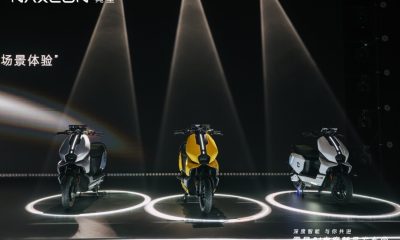

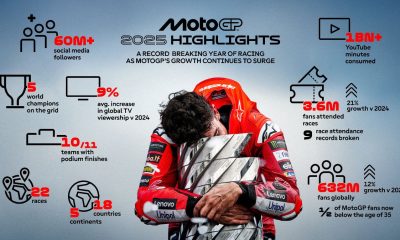
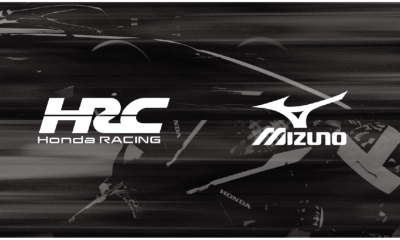
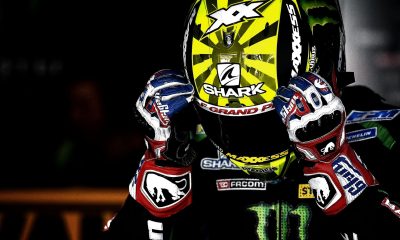

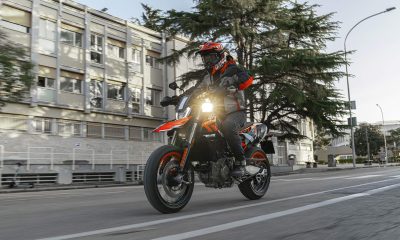

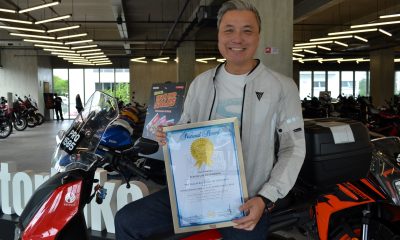
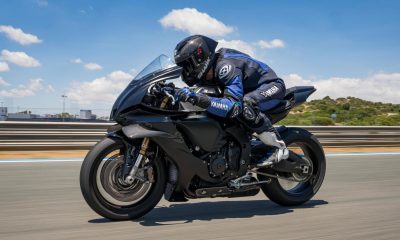


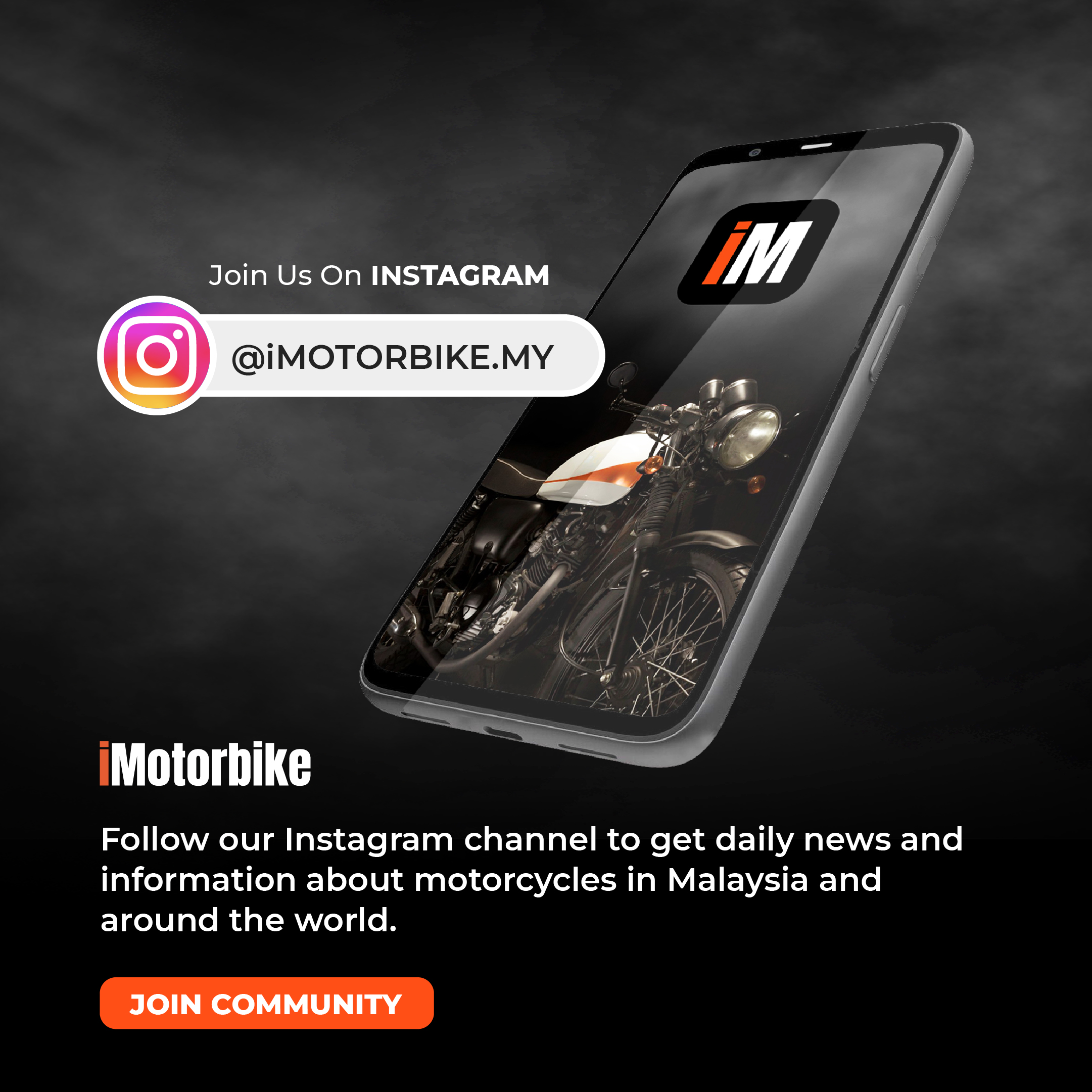














Facebook
Instagram
X (Twitter)
YouTube
LinkedIn
RSS